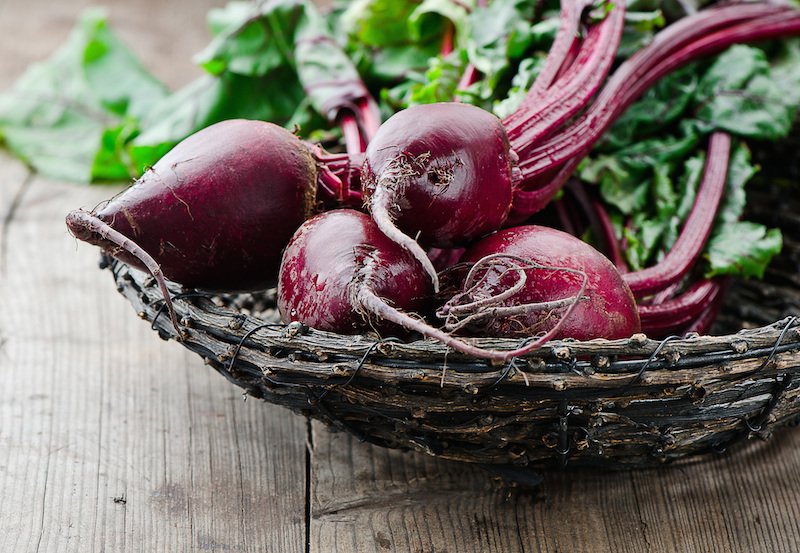Remember my gorgeous girlfriend said to me she had heard eat everything red! Ok beetroot is maybe in the red family. Is it crimson or maroon but yes it's got to be in that family.
When I told my boys we are having beetroot! Well apparently kids only like the tin one, yep remember the takeaway shops and the burger 🍔 with Tin beetroot. Ha ha you know what I mean. How good are those burgers.
Ok on the Chemotherapy repair my body campaign. I took to buying it from the fruit shop. Omg 😲 fresh is amazing. I know we grew up thinking it came from a tin, yeah and I am from the country lol,
Ok so I bought it and cooked it with a bit of olive oil. Bingo you have an amazing side. Amanda came around and cut it into cubes and put into the oven she loves to cook. So ok what are you thinking. Does it benefit I think so.

When I told my boys we are having beetroot! Well apparently kids only like the tin one, yep remember the takeaway shops and the burger 🍔 with Tin beetroot. Ha ha you know what I mean. How good are those burgers.
Ok on the Chemotherapy repair my body campaign. I took to buying it from the fruit shop. Omg 😲 fresh is amazing. I know we grew up thinking it came from a tin, yeah and I am from the country lol,
Ok so I bought it and cooked it with a bit of olive oil. Bingo you have an amazing side. Amanda came around and cut it into cubes and put into the oven she loves to cook. So ok what are you thinking. Does it benefit I think so.
#beetroot #vegetables #buildingthebody #repairingbody #survivor #iamstillawoman

The most vividly coloured vegetable, the beetroot (beta vulgaris rubra) is so nutritious that you’ll want to have some every day! Packed full of easily absorbed nutrients, the health benefits of beetroot remain some of the best among the plant-food world!
The easiest way to incorporate beetroot into your diet is to consume it freshly juiced. It can also be eaten raw by preparing it grated, sliced or chopped and added to salads or eaten on its own. Its flavour is deliciously sweet.
So what's it do??
Inflammation: Choline is a very important and versatile nutrient in beetroot that helps with sleep, muscle movement, learning, and memory. Choline also helps to maintain the structure of cellular membranes, aids in the transmission of nerve impulses, assists in the absorption of fat and reduces chronic inflammation.4
So what's it do??
Inflammation: Choline is a very important and versatile nutrient in beetroot that helps with sleep, muscle movement, learning, and memory. Choline also helps to maintain the structure of cellular membranes, aids in the transmission of nerve impulses, assists in the absorption of fat and reduces chronic inflammation.4
Comments
Post a Comment